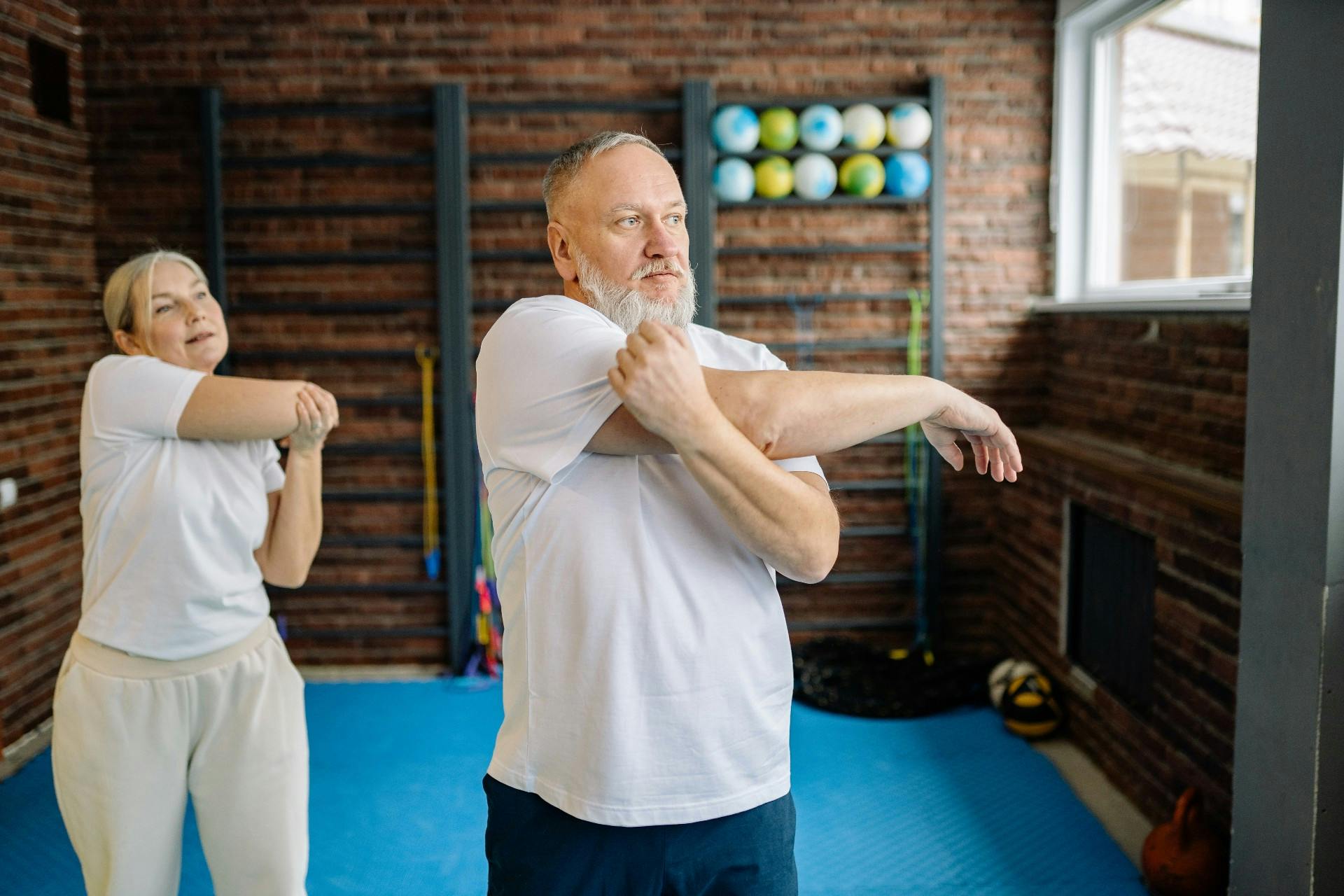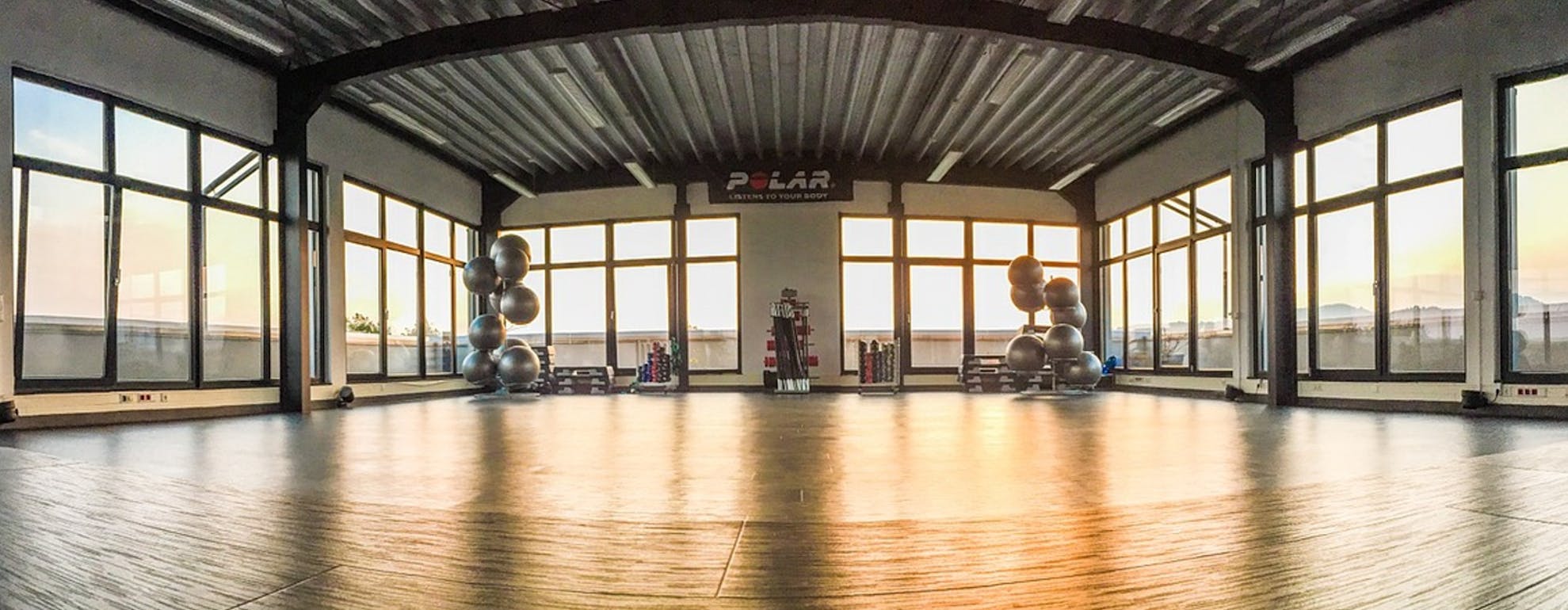
Strength Training Warm Ups & Cool Downs
Warming up properly before exercise and cooling down post-workout is extremely important. Whilst the warm up prepares your body for exercise, your cool down should promote recovery. During strength training and any other strenuous activity, tendons, ligaments and muscle fibres get damaged and waste products build up.
ㅤ
HOW NOT TO WARM UP
Ask anyone, “should you warm up before exercise?” and they’d say yes! However, there are so few people who know how to warm up effectively for their specific goal or training purpose. There is no better place to see this than in your local gym. You’ll notice most people doing a ‘general warm up’ where they jump on the treadmill for five minutes, do a few windmills with their arms before laying down on the bench press and starting an intensive workout.
This kind of generic warm up is not going to prepare your muscles effectively and will actually increase your risk of injury, especially if you are strength training.
ㅤ

Photo by Yan Krukau
ㅤ
STRENGTH TRAINING WARM UP TIPS
An effective warm up for strength training should be approached very differently to a general warm up and be specific to the area of the body you are going to train that day. For example, if you are planning to train your back and will be starting with pull-ups then you should warm up with pull-ups.
Remember that the size and number of your fast twitch muscle fibres and how well your nervous system can activate them is how you generate your strength. So pumping out a couple of sets of 10-15 reps of a lighter weight is not going to be advantageous. This will create a build-up of lactic acid and inhibit your nervous system’s ability to contract your fast twitch muscle fibres.
To fire up your central nervous system effectively, keep your warm up sets in your strength rep range and complete at least three sets, increasing in weight each time but not fatiguing before your ‘working’ sets. This will prepare the muscles, joints and nervous system specific to your workout.
A question I’m often asked is what part does stretching play in an effective strength training warm up? Stretching and flexibility is very important but not necessarily prior to you asking your body for maximal strength output. Static stretching will temporarily dampen your muscles ability to contract optimally so is best saved for after your session. That said, stretching the antagonistic muscle to the one you are planning to train can enhance the effects of your body’s strength shortening cycle. For example, if you are squatting, stretch your hip flexors or if you are bench pressing, stretch your lats.
ㅤㅤ
WHAT HAPPENS TO YOUR BODY POST WORKOUT?
Most of us will have experienced something called ‘Delayed onset of muscular soreness’ (DOMS). It occurs in the 24-72 hours post workout where your body is sore and muscles ache. It is primarily caused by:
Tiny micro tears in your muscle fibres which cause swelling and pain. Whilst it sounds terrible, if you refuel and recover properly then this is part of the process of strength and muscle gain.
Blood pooling: Whilst exercising your body pumps more blood to your working muscles with oxygen and nutrients. Your working muscles use the oxygen and nutrients and send it back to your heart to be re-oxygenated. When you stop exercising your body’s ability to pump the waste products such as lactic acid out of the muscles and back to the heart is reduced and can sit in the muscle causing pain and swelling.
ㅤ
STRENGTH TRAINING COOL DOWN TIPS
Your cool down should involve some low intensity cardio; ideally incorporating the muscles you worked in the session to help remove as many waste products as possible. In the days following your workout this will help to increase blood flow, nutrient delivery to further promote recovery, lymph flow and improved muscle function following an intensive workout.
Low-intensity cardio work can also to help dissipate soreness from strength training, increase range of motion, and wake up your nervous system to allow for better workouts in the days following.
Coupling low intensity cardio with light stretching of the muscles you focused on in your strength training is the perfect way to wind down after a heavy session. Alternatively, using a foam roller is a great way to stimulate blood flow and remove the toxin build-up in your muscles. The compression and rolling of the tissue helps relax tight, sore areas.
Advice provided by Sam Adams at BLACKLABELfitness: http://www.blacklabelfitness.co.uk/.
Looking for some training tips and advice? Then head over to our Training category where our athletes and experts explain everything you need to know.
Welcome
Welcome to the SportsShoes Training Hub! We’ve teamed up with athletes and experts to bring you the very best advice on how to maximise your workouts and achieve your best results.
Read More
Share this
Featured Articles
View All



